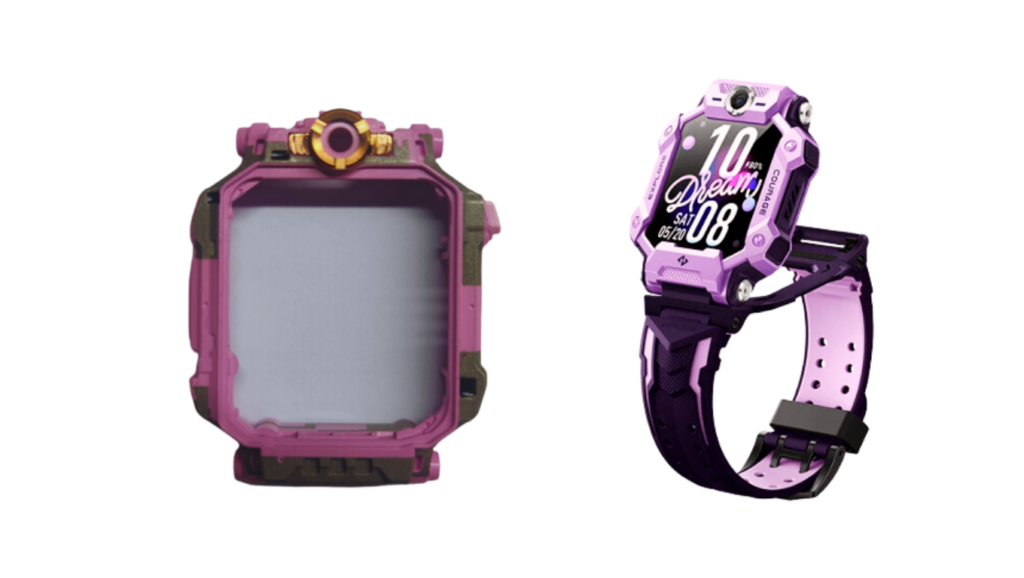









In the fast-paced world of wireless telecommunications, the demand for smaller and more powerful devices continues to rise. With the advent of small form factors, combi-antenna design has become increasingly important. Combi-antennas, also known as combination antennas, are designed to integrate multiple antennas into a single compact unit, allowing for efficient use of space and improved performance.
Designing combi-antennas for small form factors comes with its own set of challenges. The limited space available within these devices requires careful optimization of antenna size and placement. It is also important to consider factors such as gain, radiation pattern, isolation, out-of-band rejection, radiation efficiency and impedance matching. These factors directly impact the performance of the combi-antenna and must be carefully considered during the design process. The proximity of different antennas within the unit can lead to electromagnetic coupling, which can result in interference and reduced performance.
To overcome these challenges, innovative design techniques must be employed. This includes advanced simulation tools to model and analyze the performance of different antenna configurations. Also, specialized materials and optimizing manufacturing can help minimize the size and weight of the combi-antenna while maintaining optimal performance.
One of the key challenges in combi-antenna design for small form factors is achieving high isolation between the different antennas within the unit. Isolation is a measure of how much one antenna’s performance is affected by another’s presence close to it. High isolation is crucial in combi-antenna design as it helps to minimize signal degradation and improve overall performance.
Careful consideration must be given to the physical placement of the antennas within the unit to achieve high isolation. This involves analyzing the radiation patterns of each antenna and ensuring that they are oriented in a way that minimizes overlap and maximizes isolation. Additionally, advanced isolation techniques, such as shielding materials, can be employed to enhance isolation levels further.
Specifically, high isolation can be achieved through:
When designing combi-antennas for small form factors, it is essential to consider the manufacturing process. DFM considerations are crucial in ensuring that the combi-antennas can be efficiently and cost-effectively produced.
DFM considerations include material selection, ease of assembly, and compatibility with existing manufacturing processes. By incorporating these considerations into the design phase, manufacturers can streamline production and reduce costs, leading to a more successful and commercially viable product.
EMI Shielding technology is a revolutionary advancement in combi-antenna design. It addresses the challenges of limited space and electromagnetic coupling by incorporating advanced shielding techniques.
EMI Shielding technology utilizes specialized materials and structures to create a physical barrier between the different antennas within the unit. This barrier helps to minimize electromagnetic coupling and interference, resulting in improved performance and reliability.

A Smartwatch manufacturer needed to fit multiple antennas into a smartwatch device for children. Novocomms' design team faced the challenge of integrating multiple antennas into a small form factor while maintaining high isolation and optimal performance. Through careful analysis, simulation, and optimization, the team developed a combi-antenna design that met the stringent requirements of the smartwatch device.
In conclusion, combi-antenna design for small form factors presents unique challenges that require innovative solutions. By understanding the importance of high isolation, and the challenges of small form factor design, antenna designers can navigate the complexities of combi-antenna design and achieve optimal performance.
Novocomms has built expertise in antenna design for small form factor. With a research and development team out of British Academia, Novocomms continues developing cutting-edge innovations that meet the demands of an increasingly connected world. Our engineers bring passion and dedication to understanding your project's specifications and will stop at nothing to deliver beyond your expectations.
Are you working on a wireless project? It is time to take the next step. Contact us today to discuss your requirements and discover how our combi-antenna solutions can help you achieve optimal performance and efficiency in your wireless projects.
For any questions, please contact our Sales and Marketing team.
Contact Us